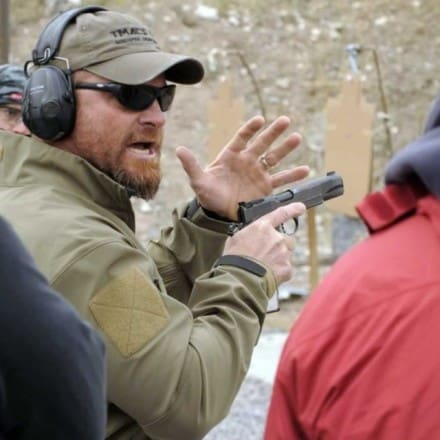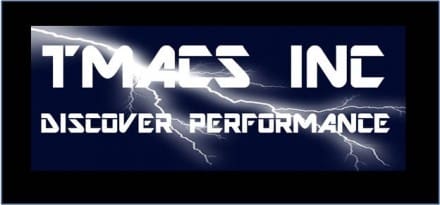When you hit a plateau in your handgun training, a way to bridge the gap to reach the next level is work strong and support hand. Do this at distance as well. I was a skeptic back a decade ago but bought into it and started training for National Match courses of fire. These matches are done strong hand only at 50 yards slow fire and at 25 yards timed and rapid. My overall results (up close) in speed and accuracy increased.
Work support hand at distance as well. If you are right eye dominant and right handed, switch to your non-dominant eye when working support hand. We do this simply to work the other side of your brain.
An advantage to training this way is that you will maximize available use of time and recourses in an age when recourses are scarce and expensive.
You will gain a keen appreciation for the fundamentals when your stability has been reduced and when you’ve increased your distance some 25 yards beyond your comfort zone.
Patrick McNamara
SGM, US Army (Ret)

Patrick McNamara spent twenty-two years in the United States Army in a myriad of special operations units. When he worked in the premier Special Missions Unit, he became an impeccable marksman, shooting with accurate, lethal results and tactical effectiveness. McNamara has trained tactical applications of shooting to people of all levels of marksmanship, from varsity level soldiers, and police officers who work the streets to civilians with little to no time behind the trigger.
His military experience quickly taught him that there is more to tactical marksmanship than merely squeezing the trigger. Utilizing his years of experience, McNamara developed a training methodology that is safe, effective and combat relevant and encourages a continuous thought process. This methodology teaches how to maintain safety at all times and choose targets that force accountability, as well as provides courses covering several categories, including individual, collective, on line and standards.
While serving as his Unit’s Marksmanship NCO, he developed his own marksmanship club with NRA, CMP, and USPSA affiliations. Mac ran monthly IPSC matches and ran semi annual military marksmanship championships to encourage marksmanship fundamentals and competitiveness throughout the Army.
He retired from the Army’s premier hostage rescue unit as a Sergeant Major and is the author of T.A.P.S. (Tactical Application of Practical Shooting).
Gunfighter Moment is a weekly feature brought to you by Alias Training & Security Services. Each week Alias brings us a different Trainer and in turn they offer some words of wisdom.
Tags: Alias Training and Security Services, Pat McNamara, TMACS Inc



Spot on, right up to the point where he discussed switching to the “non-dominant eye when working support hand. We do this simply to work the other side of your brain.”
First of all, there is no real evidence of brain dominance at the tactile level.
Secondly, given the optic-nerve cross-over before reaching the brain, the whole concept of using the non-dominant eye to use the other side of the brain wouldn’t work anyways.
There is likely enough evidence that concentrating on single-hand shooting improves overall skill without bringing in pseudo-scientific justifications like brain hemisphere dominance.
My apologies – I left out an important detail regarding optic information crossover – also important is the corpus callosum, providing an information link between the brain hemispheres.
And now I will quote Jeff Cooper ;
‘The problem with the Internet is it is full of people with nothing to say that say it anyway’
You’re right, of course – I shouldn’t criticize pseudoscientific concepts that have pervaded training concepts, because that couldn’t possibly have a negative impact. Just look at the whole gross-motor-skill / fine-motor-skill debate and activation of the slide stop – there wasn’t any bad training from that pseudoscientific nonsense.
Both eyes contribute signals to each side of the brain. The only way to isolate one brain hemisphere is to have the subject stare straight ahead and present the image only to one half of the visual field. So unless you’re in the habit of looking at targets out of the side of your vision, you aren’t going to isolate one brain hemisphere.
Shooting weak-eye may have benefits, but they are not realized by working the other side of the brain.